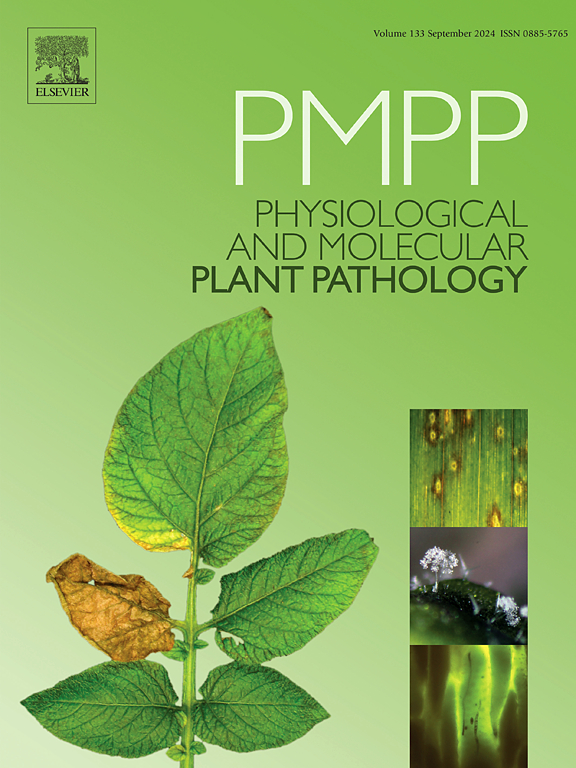Nanomaterials for sustainable agriculture: Plant physiology and environmental resilience
IF 2.8
3区 农林科学
Q2 PLANT SCIENCES
引用次数: 0
Abstract
Nanomaterials are reshaping plant sciences with transformative applications in physiology, growth, and development. Leveraging their nanoscale dimensions and unique physicochemical properties. NMs enhance photosynthesis, nutrient uptake, and stress resilience, thereby addressing critical challenges in modern agriculture. These materials, categorized by shape, size, composition, and morphology, include carbon-based, inorganic, organic, and composite NMs, interact with plant physiological processes by regulating phytohormonal networks, modulating stomatal behavior, enhancing water use efficiency, and influencing chlorophyll synthesis and carbon fixation. Their interaction spans precise agrochemical delivery, mitigation of abiotic stress, and promotes metabolic homeostasis through Nanozymes. NMs also support advanced technologies like CRISPR-Cas9 genome editing and pollen magnetofection, foster rhizospheric interactions, regulate phytohormonal networks, and enhance soil microbial communities. Additionally, their applications extend to nano-bionic plants for enhanced photosynthesis, environmental monitoring, and pollutant remediation, and nanosensors enable real-time detection of pesticides, heavy metals, and pathogens, providing precise agrochemical delivery, mitigating abiotic stress and significantly impacting plant phenology and overall physiological functionality, paving the way for sustainable agricultural advancements.

可持续农业的纳米材料:植物生理学和环境恢复力
纳米材料在生理学、生长和发育方面的革命性应用正在重塑植物科学。利用它们的纳米尺度和独特的物理化学性质。NMs增强光合作用、养分吸收和逆境恢复能力,从而解决现代农业的关键挑战。这些材料按形状、大小、组成和形态分类,包括碳基、无机、有机和复合纳米材料,它们通过调节植物激素网络、调节气孔行为、提高水分利用效率、影响叶绿素合成和碳固定等方式与植物生理过程相互作用。它们的相互作用跨越了精确的农用化学品输送,减轻非生物胁迫,并通过纳米酶促进代谢稳态。NMs还支持CRISPR-Cas9基因组编辑和花粉磁感染等先进技术,促进根际相互作用,调节植物激素网络,增强土壤微生物群落。此外,它们的应用扩展到纳米仿生植物,以增强光合作用,环境监测和污染物修复,纳米传感器可以实时检测农药,重金属和病原体,提供精确的农用化学品输送,减轻非生物胁迫,显著影响植物物候和整体生理功能,为可持续农业发展铺平道路。
本文章由计算机程序翻译,如有差异,请以英文原文为准。
求助全文
约1分钟内获得全文
求助全文
来源期刊
CiteScore
4.30
自引率
7.40%
发文量
130
审稿时长
38 days
期刊介绍:
Physiological and Molecular Plant Pathology provides an International forum for original research papers, reviews, and commentaries on all aspects of the molecular biology, biochemistry, physiology, histology and cytology, genetics and evolution of plant-microbe interactions.
Papers on all kinds of infective pathogen, including viruses, prokaryotes, fungi, and nematodes, as well as mutualistic organisms such as Rhizobium and mycorrhyzal fungi, are acceptable as long as they have a bearing on the interaction between pathogen and plant.

 求助内容:
求助内容: 应助结果提醒方式:
应助结果提醒方式:


